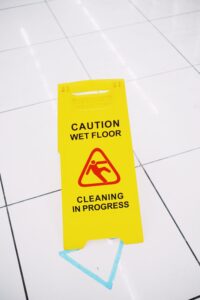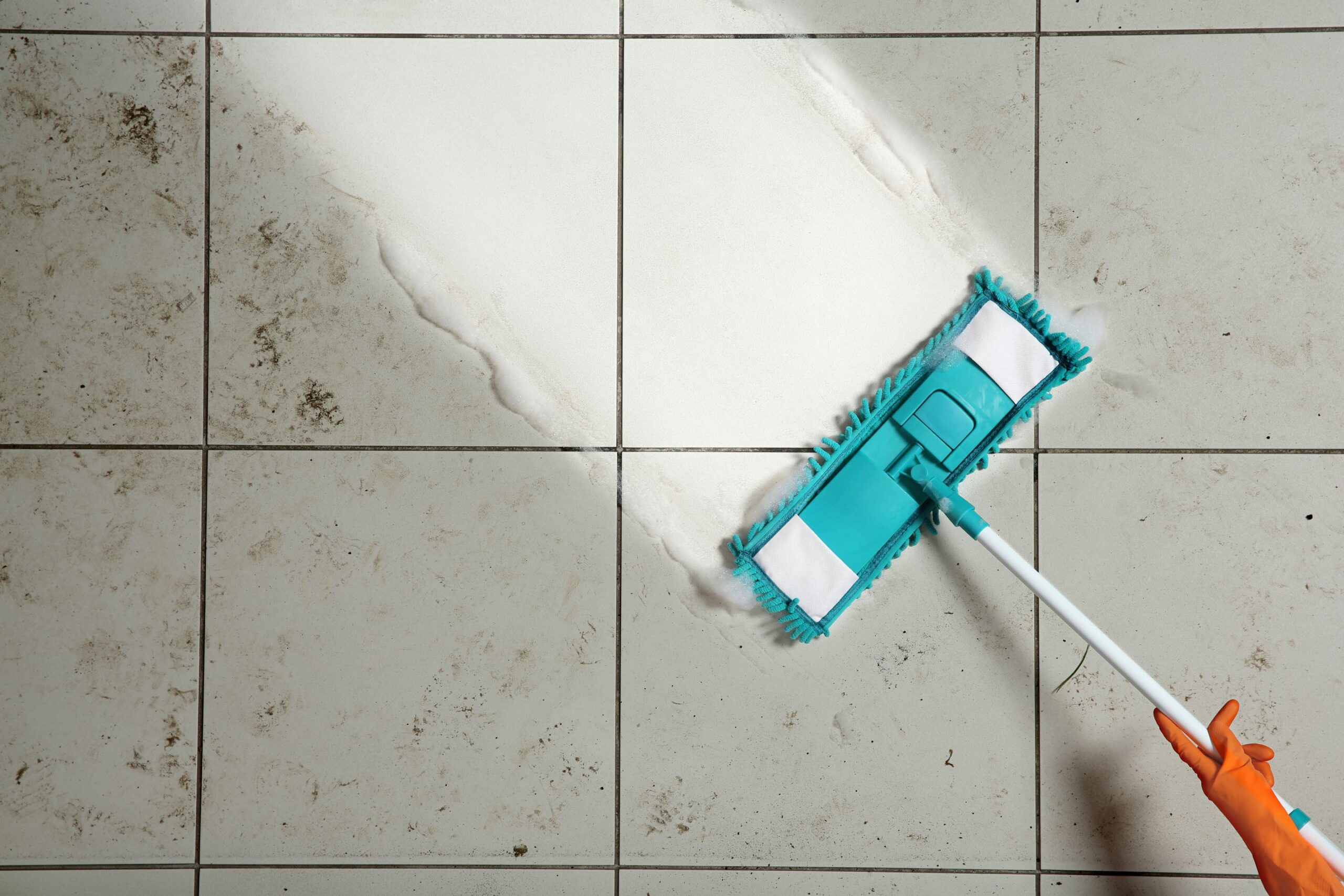Tile flooring is a design classic. It is a low-maintenance, adaptable choice that you can find in everything from opulent lobbies and industrial kitchens to dive-bar toilets. While tile is often chosen for its natural longevity, cleaning commercial tile floors properly is critical in maintaining surfaces in peak condition and appearing brand-new for as long as feasible.
How To Clean Commercial Tile Floors
Aside from the obvious aesthetic considerations, there are valid reasons to maintain commercial floors clean and dry. Did you know that slips, trips, and falls account for roughly 20% of job-related injuries?
Maintaining a dry and clean company floor saves businesses from legal responsibility if someone slips and falls. It also instills pride in staff (no one likes to work in a filthy or damp workplace) and consumer trustworthiness.
Furthermore, it may also be unlawful for businesses in some areas, such as the food industry, to have a dirty or damp floor. Making sure your feet are dry and clean might help prevent a more significant problem than a bit of wetness.
What You’ll Need
Because of its ease of care, durability, cheap cost, and range of looks, tile flooring is a popular choice for high-traffic areas in commercial and institutional applications. A regular care program will keep your floors cleaner and sleeker and help them last longer.

To clean commercial tile floors properly, you’ll need a few supplies, so make sure you have the following:
- Bucket
- A cleaner with a pH of seven (try to locate one that best matches the establishment — for example, restaurants require a cleaner to remove grease more than a school).
- Water
- Automatic scrubber mop
- Air mover and shaker
Steps on Cleaning
First, vacuum or sweep the entire space to remove bigger particles. Remove any significant bits of garbage, dust, or dirt from the floor so you can concentrate on thoroughly cleaning the tile.
Mix one ounce of neutral cleaning per gallon of water in the bucket. A neutral cleaner is essential for keeping a commercial tile floor appearing bright and fresh. Using incorrect or aggressive chemicals can make the floor seem dirty and peel the gloss, giving it a dreary appearance.
Scrub the whole floor with the detergent, paying particular attention to corners and heavily trafficked areas. Set up your air mover and dry the bottom after cleaning the entire region. The time required for complete drying varies depending on the size and form of the area, but allow at least 30 minutes to minimize any slips and falls.
Tips for Removing Stains and Other Marks
You have some extra options if attempting to remove a stain that doesn’t come out during standard cleaning. You can use these tips to remove stains, scuffs, and other marks:
Increasing Cleanser Concentration
While this may degrade the floor’s sheen, it may be more vital to eradicate the stain. Stains can be removed using two to four ounces of cleaner per gallon of water. Attempt to put the more concentrated solution exclusively on the discoloration.
Moping in Different Patterns
Instead of up-and-down or side-to-side mopping, consider a figure-eight pattern for stains concentrated in one area. It will relieve your arms and lift the color in a new method.
Removing the Wax
Most yellow stains on commercial tile floors can be attributable to the natural response of sunshine and vinyl over time or the tile’s wax covering discoloration. Removing the wax using a powerful cleanser and an automated scrubber may suffice for the latter.
Note: Business owners should regularly do floor cleaning and maintenance, but it may require professional cleaning to maintain floors properly.







